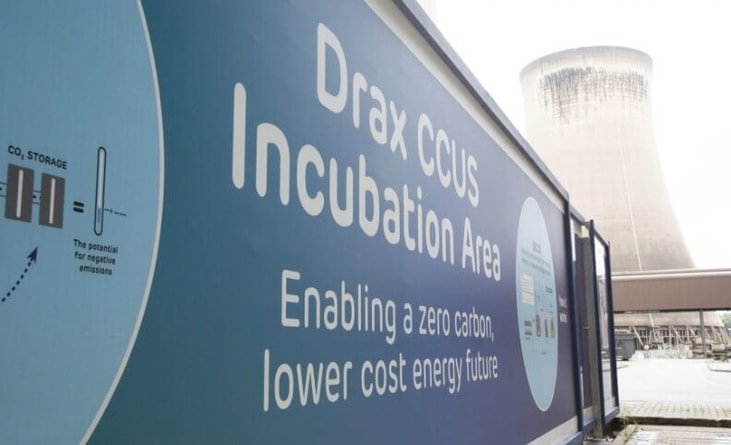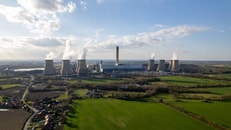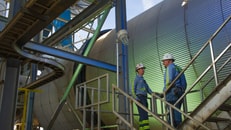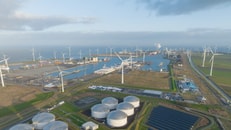UK government halves Drax subsidies and tones down BECCS
The UK government has halved subsidies to Drax power station and hatched a new agreement whereby low carbon dispatchable power is only used ‘when it is really needed’.
From 2027, the plan is for Drax and other eligible large-scale biomass generators to be supported via a low-carbon dispatchable CfD (Contract for Difference) which, if approved, will keep the station’s four units running until 2031. Drax will switch to 100% ‘wood biomass from sustainable sources’, up from 70% currently.
“Under this proposed agreement, Drax Power Station can step in to increase generation when there isn’t enough electricity, helping to avoid the need to use more gas or import power from Europe. When there’s too much electricity on the UK grid, Drax can reduce generation, helping to balance the system,” according to a Drax statement.
... to continue reading you must be subscribed
























